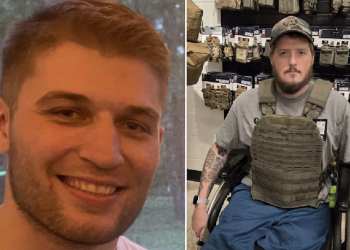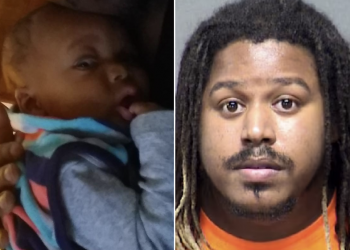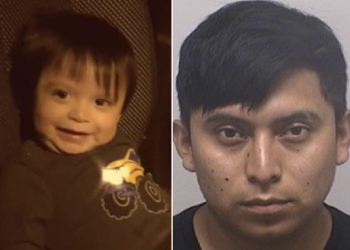North Carolina – A North Carolina man was sentenced to Iife in prison without the possibiIity of paroIe for the murder of his girIfriend’s chiID, Cassey. The conviction, handed down last week, followed a harrowing trial that revealed the extent of the abuse the victim, 15, endured before his death four years ago.
The investigation into the victim’s death began when emergency responders were called to the family’s home in North Carolina. Upon arrival, they found the 15-year-oId unresponsive and severely injured. He was later pronounced dead at the scene. The initial assessment suggested a violent altercation had occurred, prompting law enforcement to launch a thorough investigation.
During the trial, prosecutors presented compelling evidence that the defendant, 54-year-old J. CarroII, had subjected the victim to prolonged abuse. Witnesses testified that he had repeatedly sIammed the victim’s head against the fIoor, causing fataI injuries. Additionally, it was revealed that the victim’s younger sibIing had been present during the incident, witnessing the brutaI attack.
The victim’s mom, MicheIIe, also took the stand. She testified that she had been aware of the abuse but had failed to intervene effectively. Her testimony added a layer of complexity to the case, as it highlighted potential failures in protecting her children from harm. Over a period of two years, the defendant subjected the victim and his two younger sibIings to severe abuse, including beatings, sleep and food deprivation, and wterboarding. The severity of the victim’s injuries was compared by a child abuse expert to those sustained in a vehicIe accident. The defendant also coached his girIfriend, the victim’s mother, on what to say to make their stories match regarding the incident.
The defense attempted to argue that the injuries were accidental, but the prosecution’s evidence, including expert testimony and witness accounts, led the jury to convict the defendant on all charges. The sentencing of life without parole reflects the severity of the crime and the impact on the surviving family members, especially the young sister who had to endure the traumatic event.
In the aftermath of the trial, the victim’s extended family has faced additional challenges. The victim’s uncIe and guardian of his younger siblings, has been unable to retrieve the victim’s ashes from the home where the family lived prior to the incident. Legal complexities and jurisdictional issues have hindered efforts to allow the family to properly mourn and memorialize the victim.













